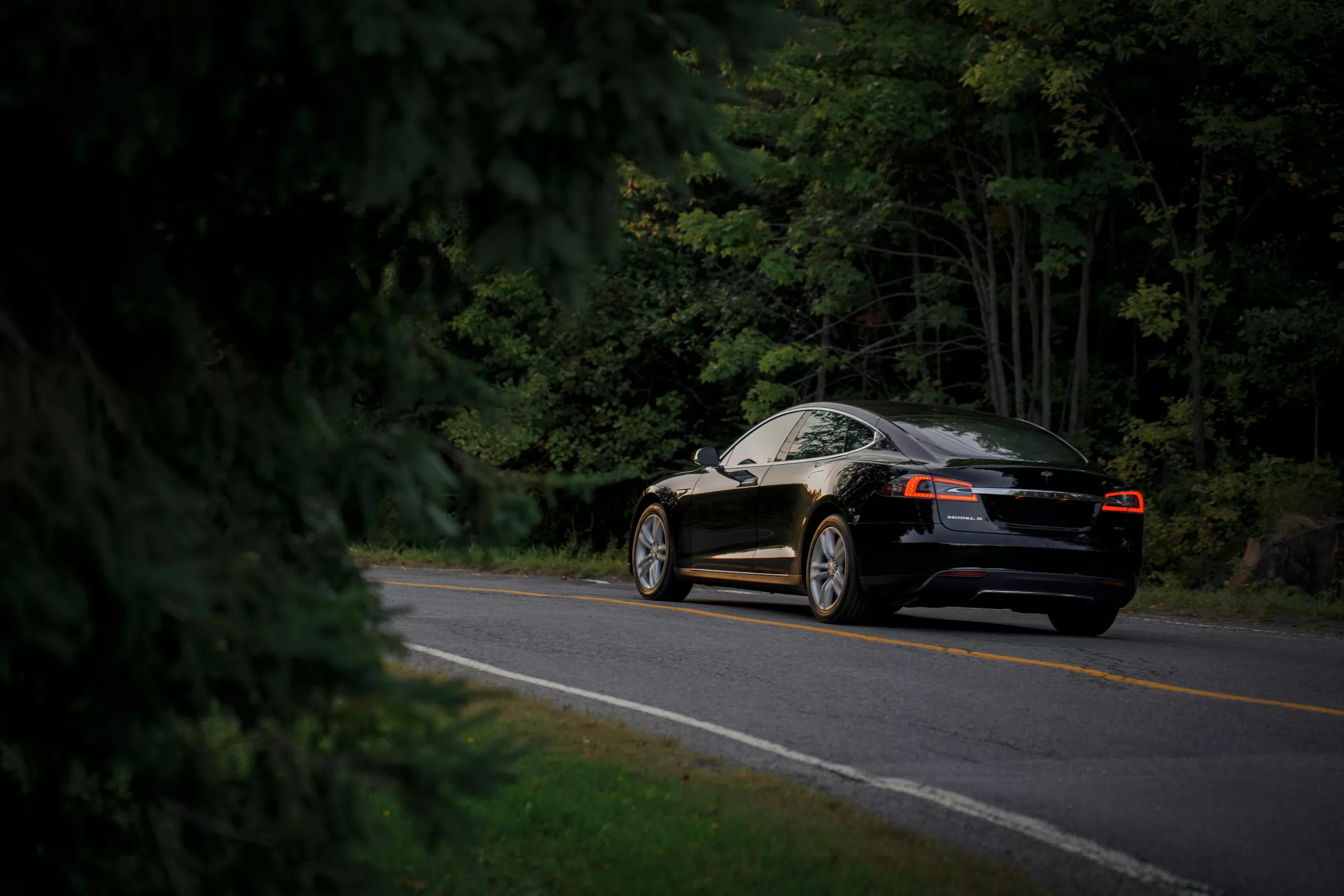Amidst the growing concerns about climate change and the environmental impact of transportation, the focus on reducing emissions from medium- and heavy-duty vehicles (MHDVs) has intensified. Representing a mere 5% of all vehicles, MHDVs disproportionately contribute 21% of transportation emissions. To combat this, zero-emission vehicles (ZEVs), including battery electric vehicles (EVs) and hydrogen fuel cell electric vehicles (FCEVs), are emerging as game-changing alternatives.
Economic Factors Fueling the Zero-Emission Vehicle Market
The cost of technology and its adoption are crucial in the commercial vehicle sector. An enlightening study from the National Renewable Energy Laboratory (NREL) has looked at how the total cost of driving for ZEVs and diesel MHDVs may change over time. This comprehensive study, led by NREL’s Catherine Ledna, suggests that ZEVs might become as cost-effective as diesel vehicles as early as 2035 across different market segments.
In the event of a complete shift to ZEVs by 2035, emissions could plummet by 65% come 2050, relative to the levels in 2019. The 2022 Inflation Reduction Act has upped the ante with tax credits for zero-emission MHDV purchases, possibly amplifying emissions reduction to 70%.
Creating a Fertile Ground for ZEVs
Governments and industry players are laying down the groundwork to usher in the era of zero-emission MHDVs. Policy measures, including tax incentives, stricter emissions standards, and investment in ZEV technologies, are pivotal in this movement. The IRA alone offers up to $40,000 in tax credits for ZEVs while also supporting charging and refueling infrastructure. More stringent EPA emissions rules for upcoming model years further solidify the commitment to clean transportation.
TEMPO: The Forecasting Engine Behind the Scenes
Central to NREL’s study is their TEMPO model, a sophisticated system that anticipates the total cost of driving for MHDVs under various conditions. By accounting for technology advancements, fuel costs, and policy impacts on energy consumption and emissions, NREL provides a multi-faceted perspective on the future of transport.
The Current State of Zero-Emission Vehicle Adoption
ZEVs currently hold a small slice of the MHDV pie, facing challenges such as steep purchasing costs and limited infrastructure. However, NREL’s Matteo Muratori acknowledges that rapid technological developments and investment in clean vehicles are paying off, pointing to a more sustainable future for EVs across diverse market segments.
The timeline for ZEVs attaining cost parity with diesel varies by vehicle class, but with the continued descent in battery costs, some classes could reach this milestone as soon as 2032. Looking ahead, EVs that cover 150 to 300 miles may rival their diesel counterparts by 2035 in specific market segments, with longer-haul vehicles following suit after 2030.
How the Inflation Reduction Act Fuels the Transition
The incentives from the IRA are potent catalysts for the earlier adoption of ZEVs. Potentially, these benefits could see light-medium vehicles attaining cost parity by 2026, bolstering sales and slashing CO2 emissions significantly. Even heavier vehicles are expected to reach parity in the short-haul sector between 2027 and 2030, and for long-haul segments by 2034, with FCEVs maintaining a competitive edge. With these measures, Muratori projects a remarkable reduction of greenhouse gases by 2050—70% with the help of the IRA’s push.
By reimagining transportation through the lens of technological innovation and policy-driven incentives, NREL’s findings paint an optimistic future for zero-emission MHDVs, marking a significant stride toward environmental sustainability.
